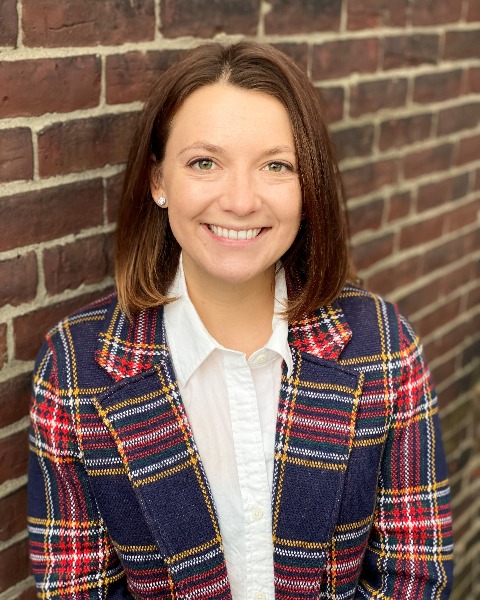Amplification and Assistive Devices (AAD)
(PP313) Efficacy of App-Based Hearing Aid Orientation for Hearing Aid Users

Katherine Sternasty, AuD
Research Audiologist
Bose Corporation
Boston, Massachusetts, United States- SB
Shilpi Banerjee, PhD, MBA
Bose Corporation, United States
- SM
Sapna Mehta-Gertz, Au.D.
Research Audiologist
Bose Corportation
Lead Presenter(s)
Contributor(s)
Summary:
Rationale
In the current hearing aid delivery model, clinicians provide informational counseling about operation and maintenance of the hearing aids. Often, clinicians must provide reinstruction for the orientation information throughout the hearing aid trial period and beyond. Previous research has established that patients remember 40-80% of the information discussed during medical appointment (Kessels, 2003; Shapiro, Boggs, Melamed, & Graham-Pole, 1992). Even when clinicians provide patients with manuals, user satisfaction and information retention is inconsistent (Brooke et al., 2012; Kessels, 2003). Further, poor retention is compounded by the gap in health literacy that often exists between the provider and patient, and by negative effects of hearing loss on communication (Nair & Cienkowski, 2010). Alternative methods of hearing aid orientation could improve fittings in clinician-patient settings and for self-fitting users.
App-based hearing aid orientation may be an effective way to mitigate barriers to communication causing poor retention of information following a hearing aid orientation. Reimaging hearing aid orientation could improve the fitting process in both traditional and alternative hearing aid delivery models. In a clinical setting, app-based orientation could provide clinicians with more time to conduct verification and validation measures. App-based orientation must be concise and easily navigated to be effective in the clinic and for independent users. The current study will evaluate efficacy of app-based hearing aid orientation using the Bose Hear app.
Methods
Participants will be ages 30-75 years, proficient English speakers, and have either perceived or measured hearing loss described as mild to moderate.
The study will consist of two visits, two weeks apart, and will be supervised by a different audiologist at each visit. During the first visit, participants will complete the eighteen tasks as they go through the Bose Hear App onboarding process. The tasks highlight donning and doffing the device, using the charger, basic care and maintenance, and self-tuning the devices. The audiologist will score each of the 18 tasks from one to for using a usability scale: Success, Difficulty, Close Call, Assistance, Use Error. Scores for each onboarding task will be averaged to yield a mean onboarding success score. Performance will indicate a “pass” if all onboarding tasks result in a score of three or higher. If any task results in a score less than three, the performance as a whole will be considered a “fail”.
For the second visit, the participant will be asked to recall the information from session one onboarding tasks using a modified Hearing Aid Skills and Knowledge test (HASK). The audiologist will facilitate completion of a modified HASK. The modified HASK requires participants to explain and demonstrate the skills assessed during the first appointment without assistance or support. The HASK knowledge score and skills score will be calculated for each participant.
Results
If onboarding via the Bose Hear app is effective for orienting new hearing aid users to Sound Control hearing aids, it is expected that HASK score will reflect equal or improved performance compared to results from the usability evaluation.
Learning Objectives:
- Upon completion of this session, the learner should be able to describe the app-based hearing aid orientation process.
